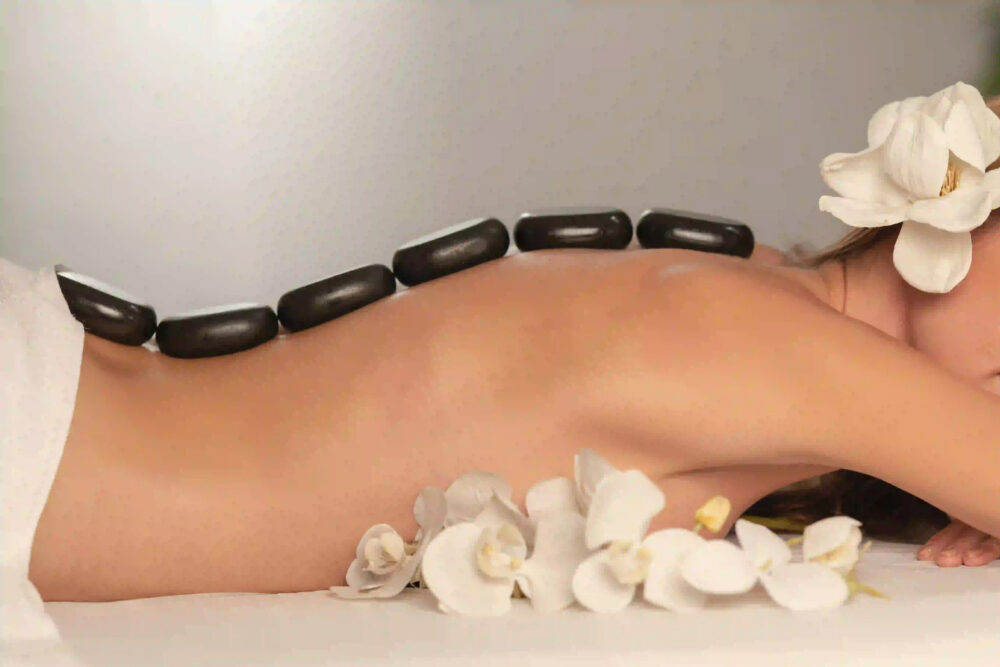Art therapy has emerged as a powerful and transformative approach to mental health and well-being, harnessing the expressive and creative potential of art to facilitate healing and self-discovery. While modern art therapy has gained widespread recognition, its roots can be traced back to traditional healing arts from diverse cultures around the world. In this comprehensive exploration, we delve into the profound influence of traditional healing arts on modern art therapy, highlighting the rich tapestry of techniques, symbols, and philosophies that continue to shape this dynamic field.
Embracing Ancient Wisdom: Traditional Healing Arts
Traditional healing arts encompass a wide array of practices, ranging from shamanic rituals and indigenous art forms to ancient Eastern techniques such as yoga and meditation. These time-honored traditions emphasize the interconnectedness of mind, body, and spirit, recognizing the innate capacity of creativity to promote healing and restoration. Through storytelling, symbolism, and communal rituals, traditional healing arts have served as vehicles for personal expression, cultural preservation, and therapeutic exploration, laying the foundation for the evolution of modern art therapy.
Keywords: traditional healing arts, shamanic rituals, indigenous art forms, Eastern techniques, interconnectedness, storytelling, symbolism, cultural preservation
Bridging Past and Present: The Evolution of Art Therapy
The integration of traditional healing arts into modern art therapy represents a harmonious synthesis of ancient wisdom and contemporary practices. Drawing inspiration from indigenous art traditions, sandplay therapy, for instance, embraces the use of symbolic objects and natural materials to facilitate self-expression and introspection. Similarly, the concept of mindfulness, rooted in Buddhist traditions, has permeated art therapy interventions, offering individuals a path to present-moment awareness and emotional regulation. By honoring the heritage of traditional healing arts, modern art therapy continues to expand its therapeutic repertoire and cultural relevance.
Keywords: sandplay therapy, mindfulness, self-expression, introspection, emotional regulation, cultural relevance
Cultural Diversity and Therapeutic Innovation
The influence of traditional healing arts in modern art therapy extends beyond technique, encompassing a deep appreciation for cultural diversity and inclusivity. Art therapists draw from a rich tapestry of global artistic traditions, integrating elements of folklore, mythology, and symbolism into their practice. By embracing diverse cultural narratives, art therapy becomes a platform for cross-cultural dialogue and understanding, inviting individuals to explore their unique identities and ancestral connections through the universal language of art. This celebration of cultural diversity fosters a more inclusive and holistic approach to healing, empowering individuals to reclaim and honor their heritage within the therapeutic process.
Keywords: cultural diversity, inclusivity, folklore, mythology, symbolism, cross-cultural dialogue, ancestral connections, holistic approach
The Transformative Power of Symbolism and Ritual
Central to traditional healing arts is the use of symbolism and ritual as potent tools for healing and transformation. This ancient practice resonates deeply within modern art therapy, where symbols and rituals serve as gateways to the subconscious mind, unlocking hidden emotions and fostering inner growth. Through the creation of personal symbols and meaningful rituals, individuals engage in a profound process of self-discovery, tapping into their innate resilience and wisdom. By weaving the threads of tradition into the fabric of art therapy, practitioners honor the enduring legacy of symbolism and ritual as catalysts for profound healing and psychospiritual integration.
Keywords: symbolism, ritual, subconscious mind, inner growth, self-discovery, resilience, psychospiritual integration
Cultivating Wholeness and Empowerment
The fusion of traditional healing arts and modern art therapy ultimately converges in the pursuit of wholeness and empowerment. By embracing the holistic principles of traditional healing, art therapy transcends the confines of clinical treatment, offering individuals a transformative journey of self-exploration and empowerment. Whether through mandala creation, mask-making, or narrative art, clients are invited to embark on a deeply personal odyssey, reclaiming lost aspects of themselves and forging a path towards emotional integration and self-actualization. In this synergy of ancient wisdom and contemporary practice, art therapy becomes a gateway to profound healing and the embodiment of one’s authentic essence.
Keywords: wholeness, empowerment, self-exploration, emotional integration, self-actualization, authentic essence
Conclusion: A Tapestry of Healing and Creativity
In conclusion, the influence of traditional healing arts in modern art therapy weaves a rich tapestry of healing, creativity, and cultural resonance. As art therapists continue to draw inspiration from global traditions and indigenous wisdom, the field of art therapy evolves as a vibrant mosaic of innovation and inclusivity. By honoring the transformative power of symbolism, ritual, and cultural diversity, art therapy remains steadfast in its commitment to fostering holistic well-being and self-discovery. Through this dynamic fusion of tradition and modernity, art therapy stands as a testament to the enduring legacy of traditional healing arts, offering individuals a profound catalyst for healing, growth, and the illumination of the human spirit.
Immerse yourself in the captivating intersection of traditional healing arts and modern art therapy, where ancient wisdom and contemporary practice converge to ignite the transformative potential of creativity and self-discovery. Experience the profound influence of diverse cultural traditions and timeless symbolism as they shape the landscape of art therapy, offering a holistic pathway to healing, empowerment, and cultural resonance. Join us on a journey through the ages, where the healing arts of the past inspire a vibrant and inclusive vision for the future of art therapy.
